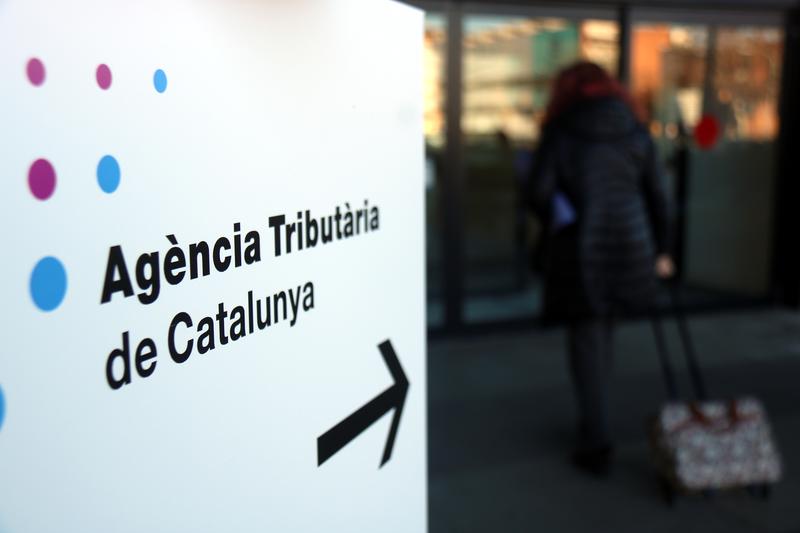Catalonia’s new financial model explained
Deal to support Socialist Illa’s presidential bid included greater fiscal autonomy for territory

Catalonia will soon have a completely new financial model. But what does this mean, and how will it impact people living here?
The new model has come as a result of the deal between the Socialists and pro-independence Esquerra Republicana to support Salvador Illa for president.
When it’s implemented, expected to be developed next year to be functioning in 2026, Catalonia will be responsible for the collection and management of all taxes paid in the territory, through the Catalan tax office.
Tax system in Catalonia
This situation would be very different from how things currently are, as at the moment the tax system is split between what the Spanish government collects and what the Catalan government collects.
The central administration controls half of the income tax that residents here pay, as well as VAT and corporate tax. Catalonia, on the other hand, collects the other part of that income tax, as well as other taxes for things like Civil Protection costs, and tourist taxes.
A long-standing complaint of the Catalan pro-independence side has been what they call the fiscal deficit. This means that Catalonia pays more taxes to the Spanish government than it receives back in investments in services. The most recent calculation, made in September 2023 counting for the year 2021, placed this figure at €21.982 billion, equivalent to 9.6% of the GDP.
What will the new financial model mean for residents and Catalonia?
Before it’s fully rolled out, we can’t know for sure, but no change is expected in what people or corporations pay in taxes in any significant way.
The change is more about Catalonia’s fiscal autonomy, having more control over its budget and what public investments it can make. As Catalonia is a net contributor to the Spanish purse, the new model will give the Catalan government far greater resources to spend on public services here.
Former economy minister Natàlia Mas Guix said in March when proposing the idea that the new financial model would give Catalonia control of around €52 billion per year, which would be approximately double the €25.6 billion it received in 2021 under the current model.
Catalonia will collect and manage 100% of the taxes paid in the territory. However, it won’t keep 100%, as it will still pay for services provided by the state such as border controls and transport infrastructure. Additionally, Catalonia will pay a “solidarity payment” that will go to the central fund to be distributed among the other regions. This is the same model as what is used in the Basque Country and Navarre.
What will the new financial model mean for Spain?
With Catalonia keeping more of the taxes paid, then less money will go to the Spanish government’s central fund.
This will either mean that the Spanish budget will be lowered, as most of what Catalonia brings to that central fund will be kept in Catalonia, or that Spanish PM Pedro Sánchez may look to increase taxes in other areas to make up for this deficit.
On Tuesday, Sánchez announced that his government will reform the financing system across Spain to allocate more resources to each of the different regions, with the intention to "double" the interterritorial compensation fund. This new system, he said, will be "fairer" and reduce "territorial differences."